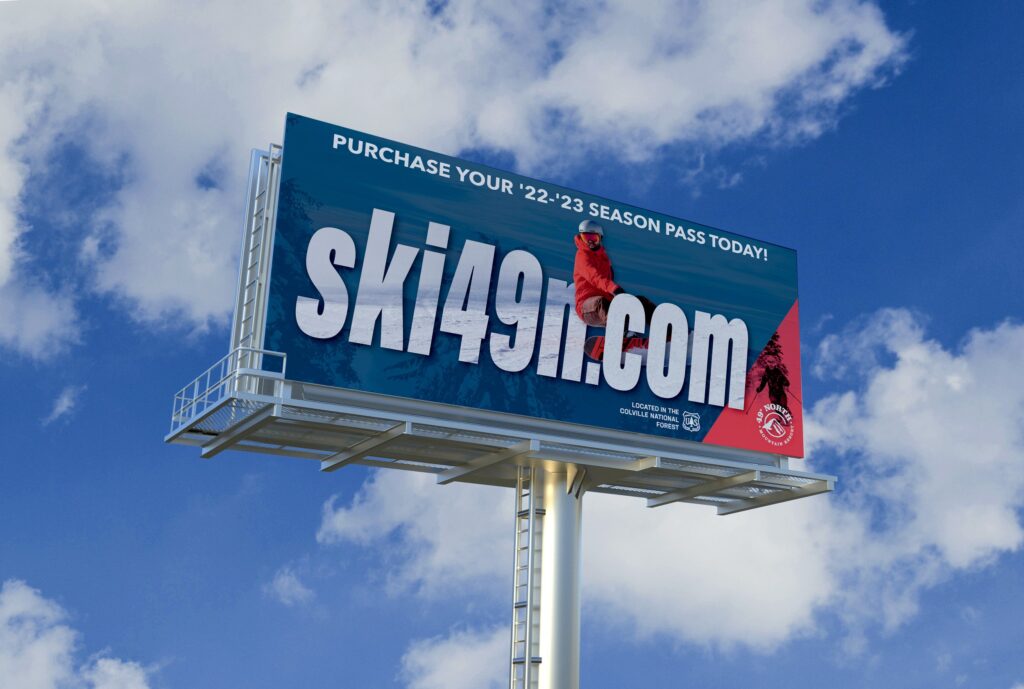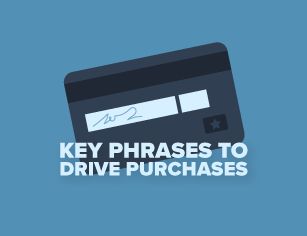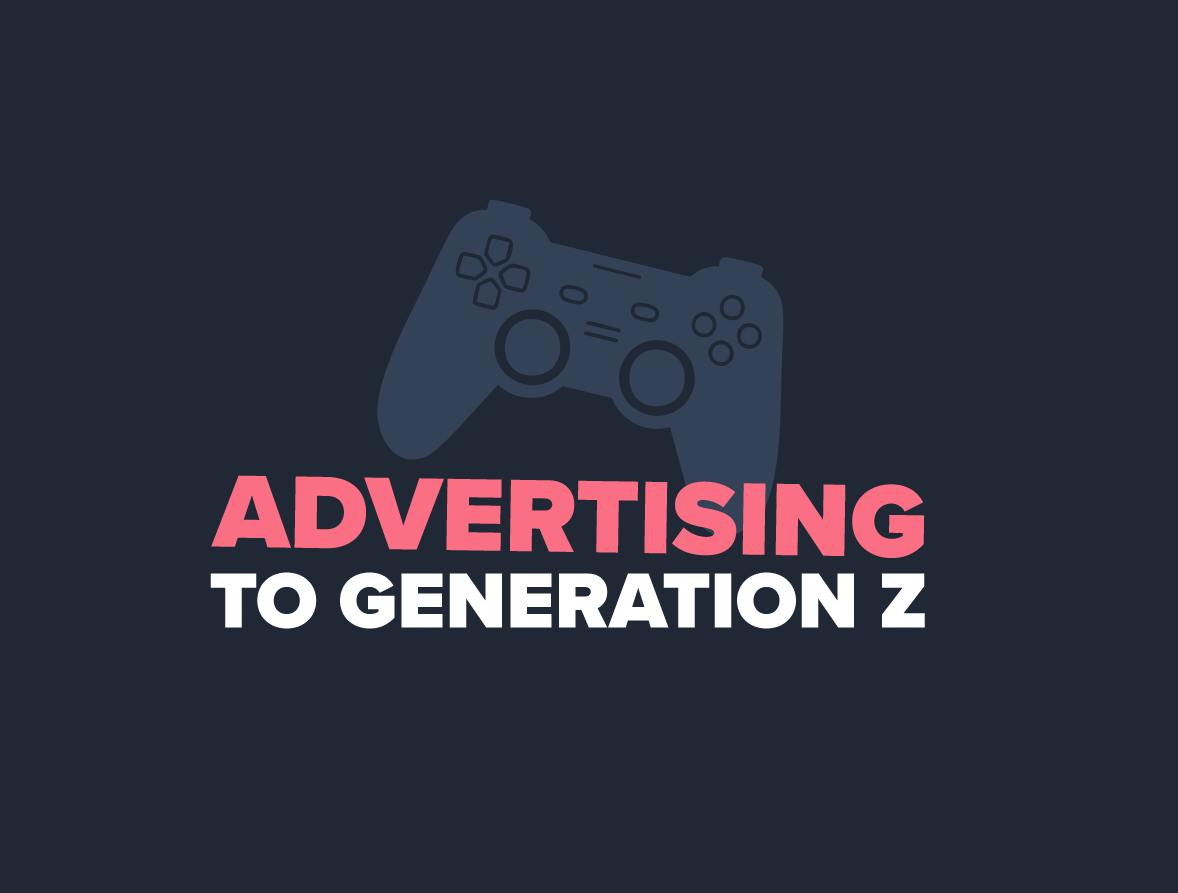Life is not about the destination. It’s about the journey getting there on the Lunchables bus. pic.twitter.com/tYIp2Eylyf
— The Real Lunchables (@RealLunchables) October 5, 2022
The recent Lunchables bus wrap campaign may have captivated the internet, but in today’s digital age, are viral out-of-home (OOH) ads a needle in a haystack? Do consumers still engage with what they see on the street? And most importantly, is OOH advertising, a mainstay of traditional paid media, still worth the investment?
You’ve come to the right place: we’ve got your answers.
1. Beyond billboards, what does OOH advertising include?
OOH (or outdoor) advertising encompasses all advertising outside the home: street furniture (park bench ads, news racks ads), transit (subway ads, bus wraps), or signage (billboards, posters, signs, or even an ad painted on the side of a building). DOOH (or digital out-of-home) includes digital signage, point-of-purchase screen ads, ads on a fridge door in a convenience store, and more.

2. Is OOH advertising still relevant?
The numbers hold the answer: The OOH industry is projected to surpass $39 billion by the end of the year, reflecting a rebound from a 2021 pandemic drop. Experts forecast that this number will grow to $45 billion by 2024. Additionally, past studies show consumers who have already seen a brand or product advertised off-screen are significantly more likely to engage with a corresponding online ad.
In other words, OOH advertising is not only still relevant but will become increasingly so as consumers return to the office — densely populated downtown shopping and business districts are typically prime OOH advertising locations.
3. What type of brands or products is OOH advertising good for?
As with most other types of traditional advertising, OOH is great for brands trying to target a mass audience. It’s an especially good choice if you’re trying to attract consumers located near your physical business or if you’re targeting shoppers on the go not looking at their phones (e.g., driving on a highway, waiting for the bus, or checking out at a supermarket).

4. What are some must-know OOH tactics?
With OOH offering such a broad range of opportunities, here are some tactics to help you rein in your campaign (and budget):
Use the right media type to reach your target audience. The possibilities with OOH are endless — the world is literally your canvas — so ask yourself how your audience travels. Are they mostly on foot? In a car? On a bike? On public transportation? Where are they going? What are they doing in this location? Thinking through these questions can help you narrow the types of OOH placements most appropriate for your brand.
Localization is key. While you can launch a nationwide OOH campaign featuring the same ad regardless of location, you’ll achieve better results by localizing your creative. For example, the bus shelter ad around the corner from your store might have a different headline and call-to-action than, say, a billboard fifty miles away.
Create a cross-channel campaign. OOH media not only helps you reach new customers and build brand awareness but also reinforces your other marketing efforts. For example, your OOH ad might include a QR code that takes people to a unique landing page with tracking cookies, letting you deliver retargeting display ads to them later on. Having a comprehensive cross-channel strategy keeps shoppers engaged while maximizing results.
As a paid media channel, OOH advertising can feel overwhelming to manage, but luckily, there’s no reason you have to sift through hundreds of thousands of placement opportunities to find the right ones.
Power Marketing is a one-stop-shop specializing in OOH and other paid media to save you time and money — get in touch today to see how we can promote your brand in the real world.


